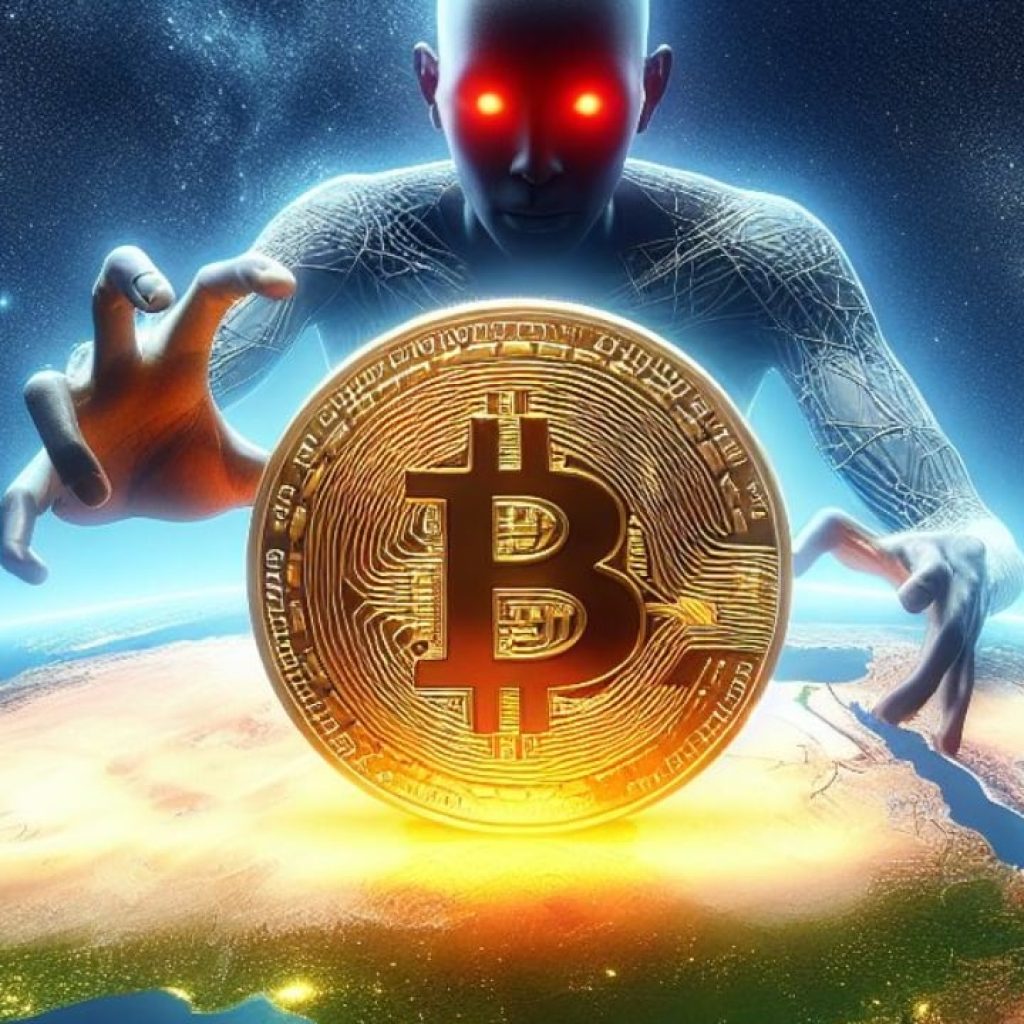When we contemplate the future of money, the potential of stablecoins stands tall. These digital titans could well be the spark to reignite the prominence of the U.S. dollar.
But for this flame to truly burn, there’s a desperate need for a clear regulatory framework. Dive in, and let’s decipher the complex weave of stablecoins and their potential to reshape global finance.
Stablecoins: The Unleashed Financial Titans
Stablecoins are no mere buzzword in the financial sector; they’re the epitome of bridging traditional finance with the crypto realm. Unlike their more volatile counterparts like Bitcoin and Ethereum, stablecoins maintain a steady value, thanks to their peg to stable assets, often fiat currencies.
They’re not just the secret weapon in the crypto arsenal; they might very well be its crown jewel. Some analysts have gone so far as to label them the “killer app” of the crypto sphere, and for a good reason.
By simplifying payments and transactions, they present an opportunity worth almost $3 trillion in the next half-decade. In the midst of this buzz, PayPal, the payment behemoth, made a groundbreaking move, launching its very own dollar-backed stablecoin.
An unprecedented step for any major U.S. financial entity. This wasn’t just a corporate gimmick; it was a statement, a bet on the future. As this move unfolded, Congress was stirring the legislative pot, advancing not one but four crypto-centric bills, with stablecoins as the showstopper.
The USD Connection: Opportunity or Desperation?
Yet, amidst this promising terrain, a shadow looms large – the glaring absence of a regulatory structure. And this isn’t a mere hiccup. Brian Brooks, a name familiar to those entrenched in crypto circles, elucidated this very dilemma.
Having helmed the U.S. division of Binance, and serving as the acting U.S. Comptroller of the Currency, Brooks knows a thing or two about financial frameworks.
He observed an intriguing trend. Across nations plagued with sky-high inflation, there’s a clamor, a near-desperation for products pegged to the dollar. These are locales where securing a dollar bank account is a dream too far. For them, stablecoins emerge not as an option but a lifeline.
But here’s the kicker – this could be a win-win. By introducing a regulatory framework that allows the backing of stablecoins by dollars, the U.S. wouldn’t merely be aiding these nations.
It would be bolstering the global adoption of its currency. The question is simple – why wouldn’t the U.S. government want that? However, if we’re being candid, and we always are, the current scene is far from this ideal.
With governments seeming to restrain the growth of stablecoins, a push-pull dynamic ensues. And this tug-of-war isn’t trivial. At its heart, it’s not merely about the future of cryptocurrencies. It’s about the U.S.’s stance and significance in the global financial tapestry.
To sum it up, stablecoins, with their immense potential, are waiting at the crossroads. They could chart a course that revives and reinforces the relevance of the U.S. dollar.
Yet, the path forward is riddled with governmental apprehensions and a dire need for regulatory clarity. The ball, as they say, is in the court of the policymakers. And for the sake of the dollar’s future, one hopes they play it right.





